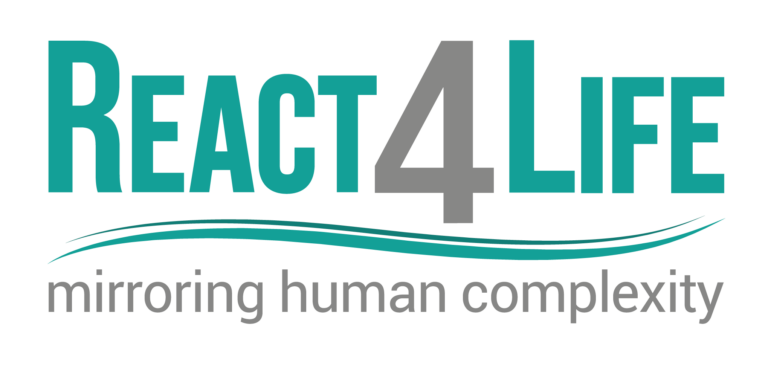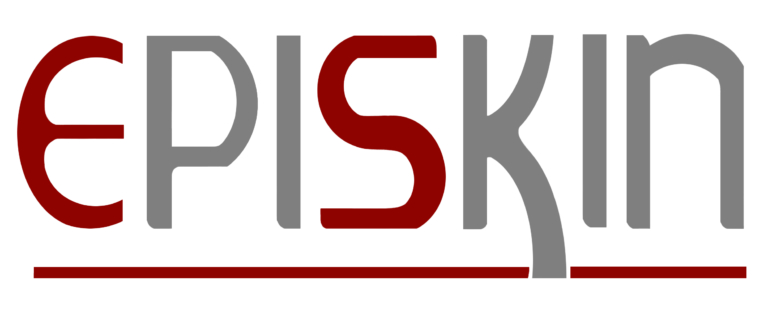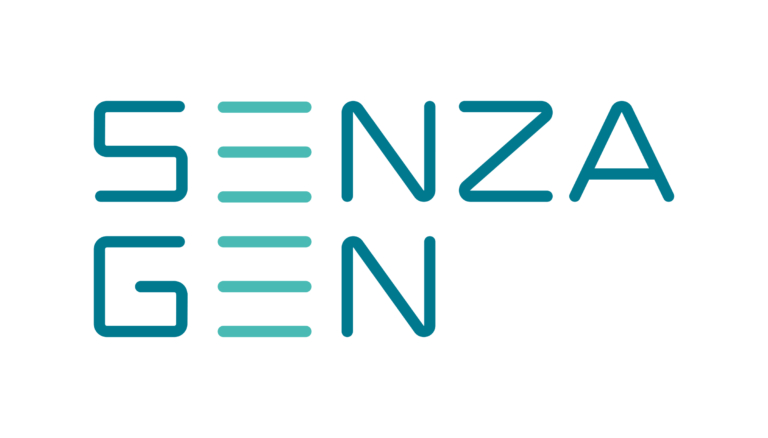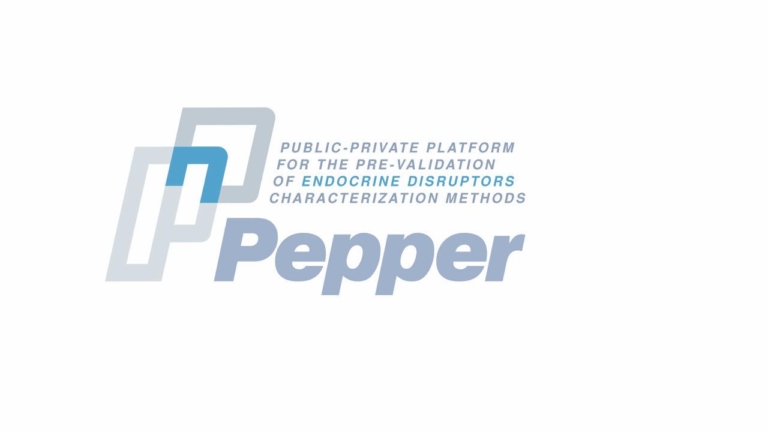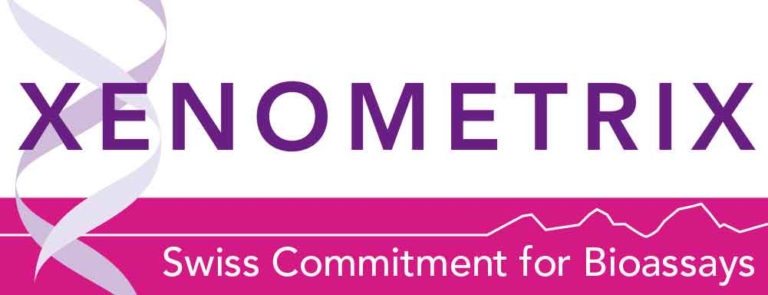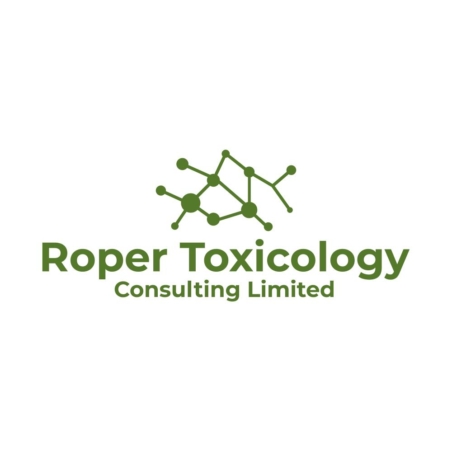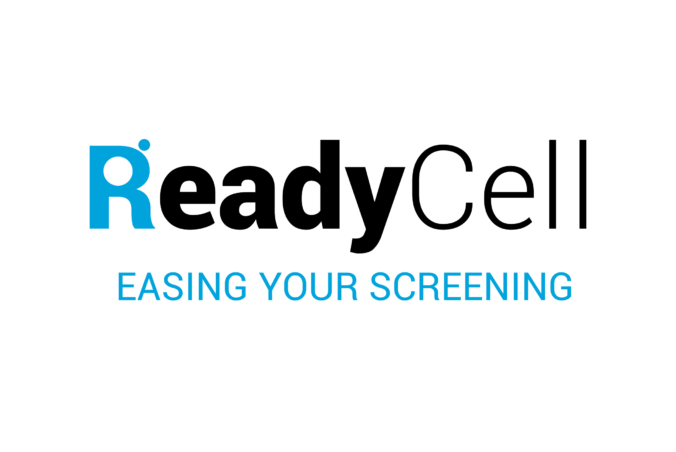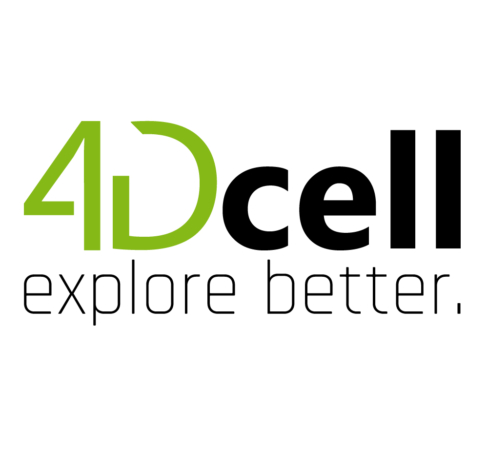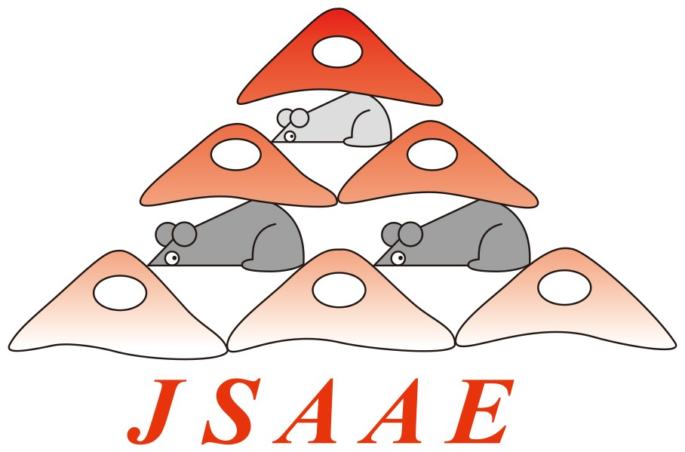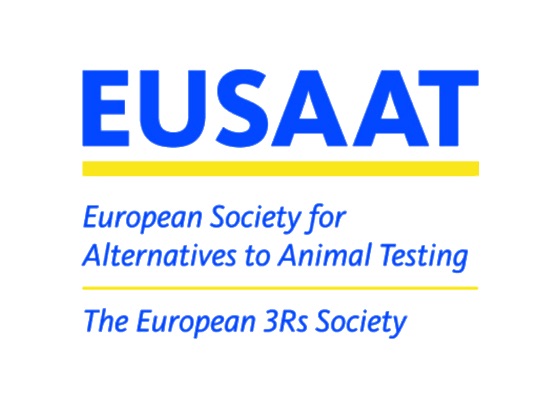We are excited to share, that OECD has published new important guidelines:
OECD Guideline No 497 – Guideline on Defined Approaches for Skin Sensitisation
On 14 June 2021, the OECD published a new Guideline on Defined Approaches for Skin Sensitisation (OECD GL No. 497). This is a new type of OECD Guideline that uses several types of combined information to provide chemical safety information and can replace the need for animal test data. The project to develop this new Guideline started in 2017 and was led by the United States, the European Commission Joint Research Centre and Health Canada, supported by a group of nominated experts. The Defined Approaches (DAs) were validated using an extensively curated large set of human and mouse reference data on skin sensitisation. A supporting document providing details on the data curation and performance characteristics of the DAs on skin sensitisation will be published soon in the OECD Series on Testing and Assessment. This new Guideline is intended to be the first of more harmonised defined approaches adopted across OECD member countries and countries adhering to the Mutual Acceptance of Data system to 1) address regulatory needs, 2) enhance the utility of individual methods when used in testing strategies, and 3) reduce use of animal testing.
Test Guideline No. 498: In vitro Phototoxicity – Reconstructed Human Epidermis Phototoxicity test method
Skin phototoxicity (photoirritation) is defined as an acute toxic response elicited by topically or systemically administered photoreactive chemicals after the exposure of the skin to environmental light. The in vitro reconstructed human epidermis phototoxicity test (RhE PT) is used to identify the phototoxic potential of a test chemical after topical application in reconstructed human epidermis (RhE) tissues in the presence and absence of simulated sunlight. Phototoxicity potential is evaluated by the relative reduction in viability of cells exposed to the test chemical in the presence as compared to the absence of simulated sunlight. Chemicals identified as positive in this test may be phototoxic in vivo following topical application to the skin, eyes, and other external light-exposed epithelia.
 The ESTIV Members Area
The ESTIV Members Area